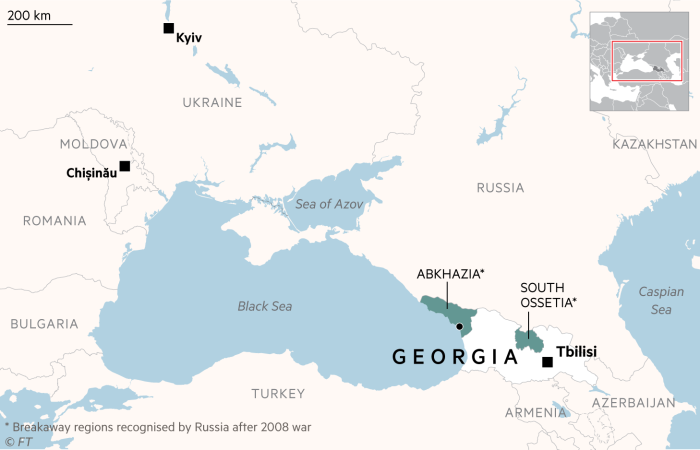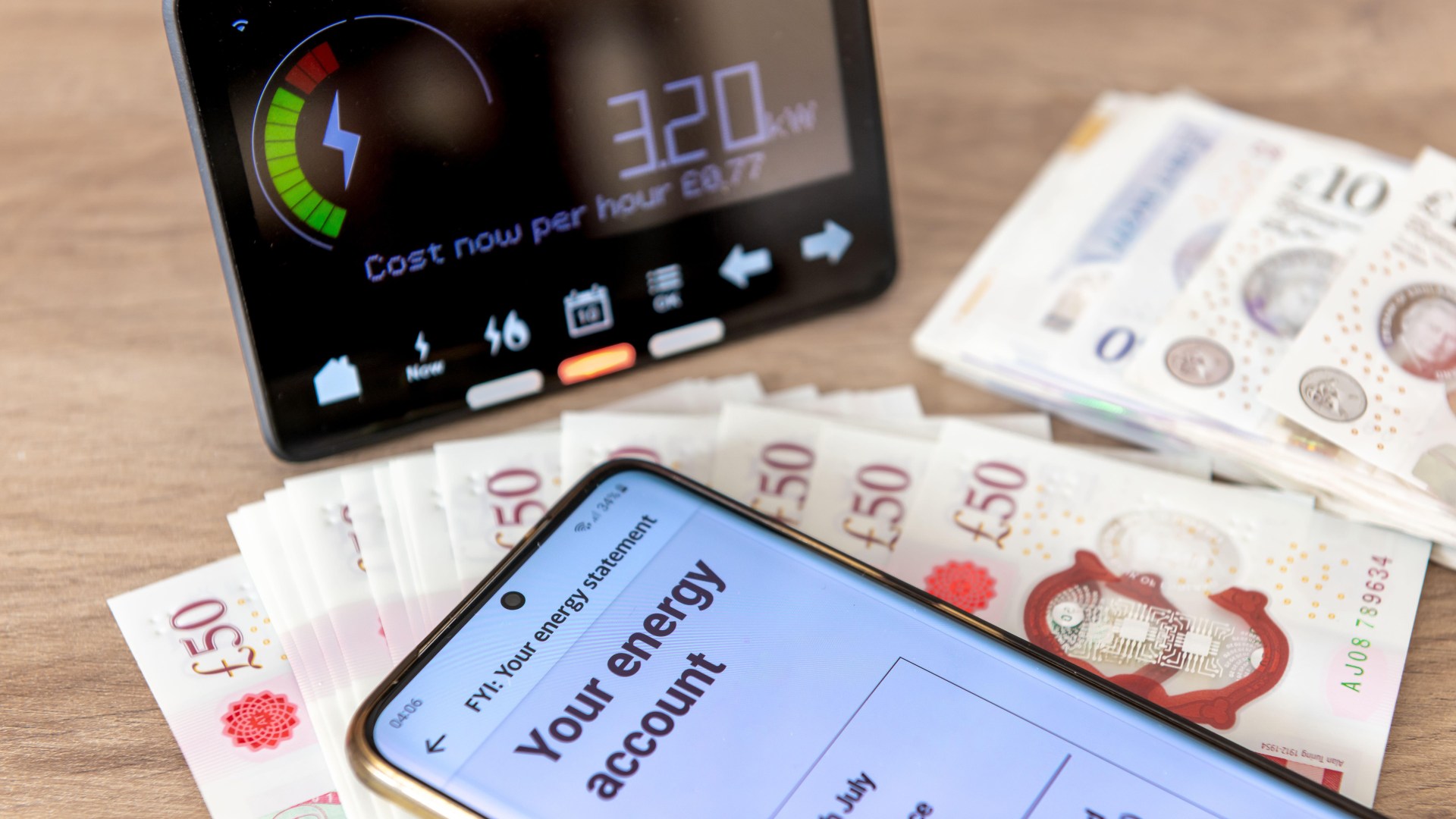“What’s mine is yours, and what is yours is mine” is embedded into our collective consciousness on marriage, thanks to William Shakespeare. But, after 20 years of wedded bliss, my husband and I still haven’t done any merging of our finances, apart from the mortgage.
We’ve toddled along quite nicely, keeping our banking, savings and investments separate.
It’s pleasing to know this is commonplace. Malvee Vaja, an adviser with Rathbones Financial Planning, says: “Increasingly, as more and more women are taking on better-paid and senior positions, we see clients keeping their finances separate; whether married or not.”
Nevertheless, I’ve found myself occasionally wondering if our reluctance to have a joint bank account is a reflection on the quality of our relationship.
Practically, we would both have complete oversight over household budgets. However, a joint account can spark arguments over spending (clothes for me, gadgets for him).
Sarah Coles, head of personal finance at Hargreaves Lansdown, says: “It can work well for couples where one earns the lion’s share of the income and the other doesn’t want to have to ask for every penny they spend.”
I comfort myself that from time to time, we’ve earmarked separate savings accounts for a joint project, without any needless complications.
Advisers encourage couples to take a “holistic” approach to planning. But could taking out joint financial policies in fact cause more problems than they solve?
Unless you share the same approach to money and trust one another implicitly, joint accounts can result in some unwelcome surprises. One partner might spend more than both have agreed and even run up joint debts.
However, some tax rules favour separate accounts. Taxable investment accounts, called general investment accounts, can be set up jointly, saving on transaction and platform costs. But if you’re wealthy enough to contribute to these above your annual Isa and pension allowances, advisers say it may be wiser to have single accounts. This can be beneficial when it comes to inheritance tax planning, where you leave money into certain types of trust for your spouse on death. If you have a joint GIA this wouldn’t be an option.
Advisers also caution against buying joint life and critical illness insurance, where reduced costs do not necessarily mean “value”. Some are even calling for the protection industry to phase out joint cover.
Joint life insurance can either pay out on the first death, which leaves the survivor with no cover, or the second death, with no payout on the first — which is why it tends to be used largely to cover inheritance tax.
Two single policies would pay in both instances. For instance, parents with single critical illness policies may get two payouts for a child that is rushed to hospital with a serious condition.
Alan Lakey, director of comparison website CIExpert.uk, says: “If you look at gender-specific claims statistics, most female claims are for cancer and very few for heart attacks. With men it’s the other way around.” His preference is to seek the best cover for the illnesses that each spouse is most likely to suffer.
Single policies are sensible future-proofing, he adds, noting that more than half of marriages result in divorce. They are also good protection against marital economic abuse. Coles says: “There was one notable case where someone had suffered an illness, and had been due a payout, but because both partners needed to agree to the payment, the estranged partner refused it.”
The cost-cutting argument for joint policies ultimately depends on age and health of the two people and the level of cover. But it should hardly be a key factor behind a decision, since the difference in costs is usually minor. Lakey says: “It could be two single plans for £50 a month each or one joint plan for £96.”
Like many couples, my husband has his pensions and Isas, I have mine and we have a rough idea of what combined income we expect in retirement.
While all couples have to follow the tax rules, tax planning leaves them room for choice — and sometimes big savings, if they are prepared to transfer money between them.
Opportunity would be knocking harder if one of us was not working. The earner could potentially fill an extra Isa allowance, capital gains tax zero-rated allowance and pension allowance.
Current rules allow for up to £2,880 per year to be paid into the pension of a non-earning person. Tax relief tops up the amount to £3,600. But research from Nucleus, the adviser platform group, found 76 per cent of people are unaware of this.
Maxing out two pensions to get two pension tax-free lump sums also looks increasingly valuable. Speculation over upcoming Budget changes has included the possibility that chancellor Rachel Reeves will cut the maximum tax-free amount from £268,275 to £100,000.
On the other hand, couples who both earn might want to prioritise the pension of the higher earner, for greater income tax relief on contributions. But Gary Smith, partner in financial planning at Evelyn Partners, warns that pensions can be included in a financial assessment for long-term care fees. “The long-term care assessment is done on an individual’s assets and income. So, if assets are predominantly in one person’s name, it leaves the other potentially vulnerable.”
So injecting romance by shared tax planning is not always advisable. But there could still be some limited romance to be had with joint policies in later life.
Independent annuity expert William Burrows says: “When people first retire they want drawdown. As they get older they want guaranteed income. I meet a lot of men who say ‘when I’ve gone I want to leave my affairs tidy and my wife in the same position’. That usually means an annuity.”
A single life annuity typically pays a higher annual pension than a joint life product, because income stops on the death of the policyholder. If you both have decent pensions, two single life annuities will pay more from day one.
With a joint annuity, income will continue to the second person for the rest of their life. Income can continue at the full amount, or reduce to two-thirds or 50 per cent.
And here comes the potential “romance”. Burrows says some people may start off wanting a single life annuity, only to change to a joint product when they realise the reduction in income is not as great as they first thought.
A 65-year-old purchasing a £100,000 annuity can get £7,100 a year gross for a single life annuity with level payments (ones that don’t rise during the policy). This will fall to £6,635 for joint life with a 50 per cent continuation of the income after the first death, in cases where the partner is three years younger, Burrows says.
Sacrificing a few hundred pounds a year so we leave our partner with half our income to enjoy after we die? I guess my husband and I will just have to find out how romantic we feel in another 20 years.
Moira O’Neill is a freelance money and investment writer. Email: moira.o’neill@ft.com, X: @MoiraONeill, Instagram @MoiraOnMoney

















































































































































You must be logged in to post a comment Login